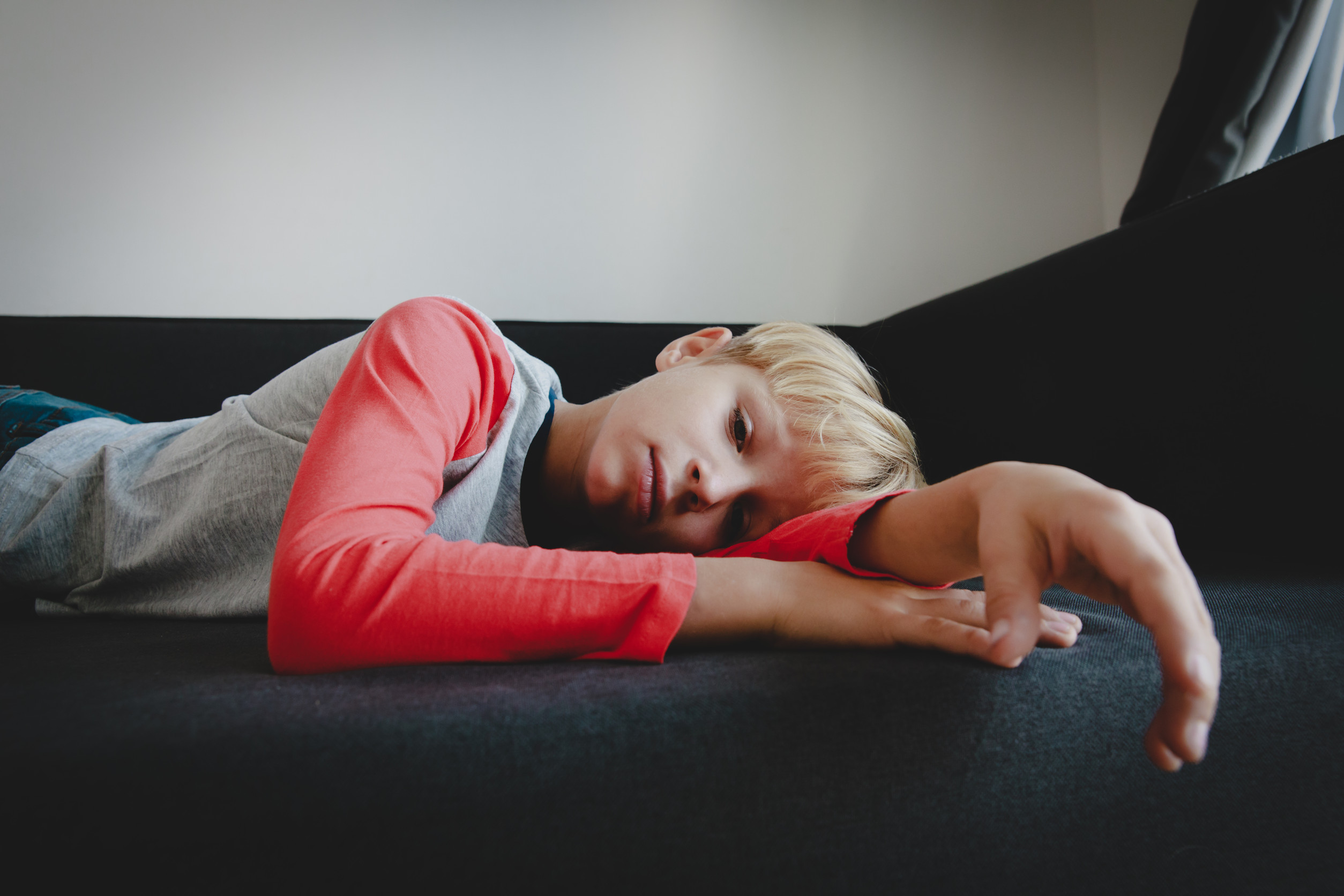You work hard to provide for your children and hope to leave them something that eases their future. But without careful planning, your child’s inheritance could shrink before it ever reaches their hands. From hidden fees to legal oversights, there are several surprising ways your legacy can be chipped away—often without you realizing it. These aren’t just issues for the ultra-wealthy; even modest estates can be affected. If you want your kids to benefit fully from what you leave behind, it’s time to get ahead of the most common (and preventable) pitfalls.
1. Probate Costs Eat Away at the Estate
When someone dies without proper estate planning, their assets often go through probate—a legal process that settles debts and distributes property. While it might sound routine, probate can be both time-consuming and expensive. Court fees, attorney costs, and paperwork delays can significantly reduce your child’s inheritance. Even small estates can lose thousands of dollars to probate-related expenses. Creating a living trust or properly titling assets can help bypass probate altogether and preserve more of your estate for your children.
2. Taxes That Could Have Been Avoided
Many parents don’t realize that certain tax issues can erode your child’s inheritance quickly. While federal estate taxes apply mostly to large estates, state taxes or capital gains taxes can still apply to inherited property, investments, or retirement accounts. Without proper planning, your heirs could end up with a hefty tax bill they didn’t expect. Strategies like Roth IRA conversions, gifting during your lifetime, or establishing trusts can help reduce or eliminate these tax burdens. It’s important to talk to a financial planner to make sure your plan minimizes what the government takes.
3. Outdated Beneficiary Designations
One of the easiest ways your child’s inheritance can be accidentally reduced—or sent to the wrong person—is through old or incorrect beneficiary designations. Life insurance policies, retirement accounts, and bank forms all rely on the names listed on file, not what your will says. If you forget to update a form after a major life change like divorce or remarriage, your child could be unintentionally left out. Regularly reviewing and updating all beneficiary forms helps keep your intentions clear. It’s a small task that can make a big difference in protecting what your children receive.
4. Long-Term Care and Medical Expenses
Healthcare costs in your final years can take a major toll on what’s left behind. If you require long-term care and don’t have coverage, those bills could drain your savings fast. Medicare doesn’t cover most nursing home stays, and without a plan, your estate might be forced to sell assets to cover costs. This directly reduces your child’s inheritance and can even cause them emotional stress if family property is involved. Long-term care insurance or Medicaid planning can protect your assets and provide peace of mind for your loved ones.
5. Inherited Debts or Liens
While your children don’t inherit your debts directly, the estate must pay off any outstanding bills before assets are distributed. This means creditors get claim on your estate, which can significantly reduce what your heirs receive. If you have unresolved credit card debt, a mortgage, or medical bills, these can wipe out savings or force the sale of property. To avoid this, work toward paying off high-interest debts and consider designating certain assets to bypass the estate process. Keeping finances organized also helps your executor settle matters more efficiently.
6. Poor Financial Management After Inheritance
Sometimes the biggest risk to your child’s inheritance isn’t what happens before they receive it—it’s what happens after. Without guidance or safeguards, young or inexperienced heirs may spend quickly or fall prey to bad advice. This can leave them worse off despite your good intentions. Setting up a trust with specific distribution rules can protect your child from overspending or losing the money to poor decisions or manipulative people. You can also choose a trustee or financial advisor to help manage the funds responsibly over time.
Protecting Their Future Starts Now
Planning for your child’s inheritance is one of the most thoughtful gifts you can give—but it only works if your plan is as strong as your intentions. From avoiding court costs to shielding assets from medical bills, taking action now means fewer surprises later. The good news is that most of these risks can be reduced with a little time, communication, and professional advice. It’s not about having a huge estate—it’s about making sure what you leave behind truly benefits your children. Start early, revisit your plans often, and make decisions that reflect both love and long-term thinking.
Have you thought about what could reduce your child’s inheritance? What planning steps have you taken so far? Share your thoughts in the comments!
Read More:
12 Estate Planning Errors Affecting Your Kids’ Inheritance
6 Legal Protections for Your Child’s Inheritance
Catherine is a tech-savvy writer who has focused on the personal finance space for more than eight years. She has a Bachelor’s in Information Technology and enjoys showcasing how tech can simplify everyday personal finance tasks like budgeting, spending tracking, and planning for the future. Additionally, she’s explored the ins and outs of the world of side hustles and loves to share what she’s learned along the way. When she’s not working, you can find her relaxing at home in the Pacific Northwest with her two cats or enjoying a cup of coffee at her neighborhood cafe.









